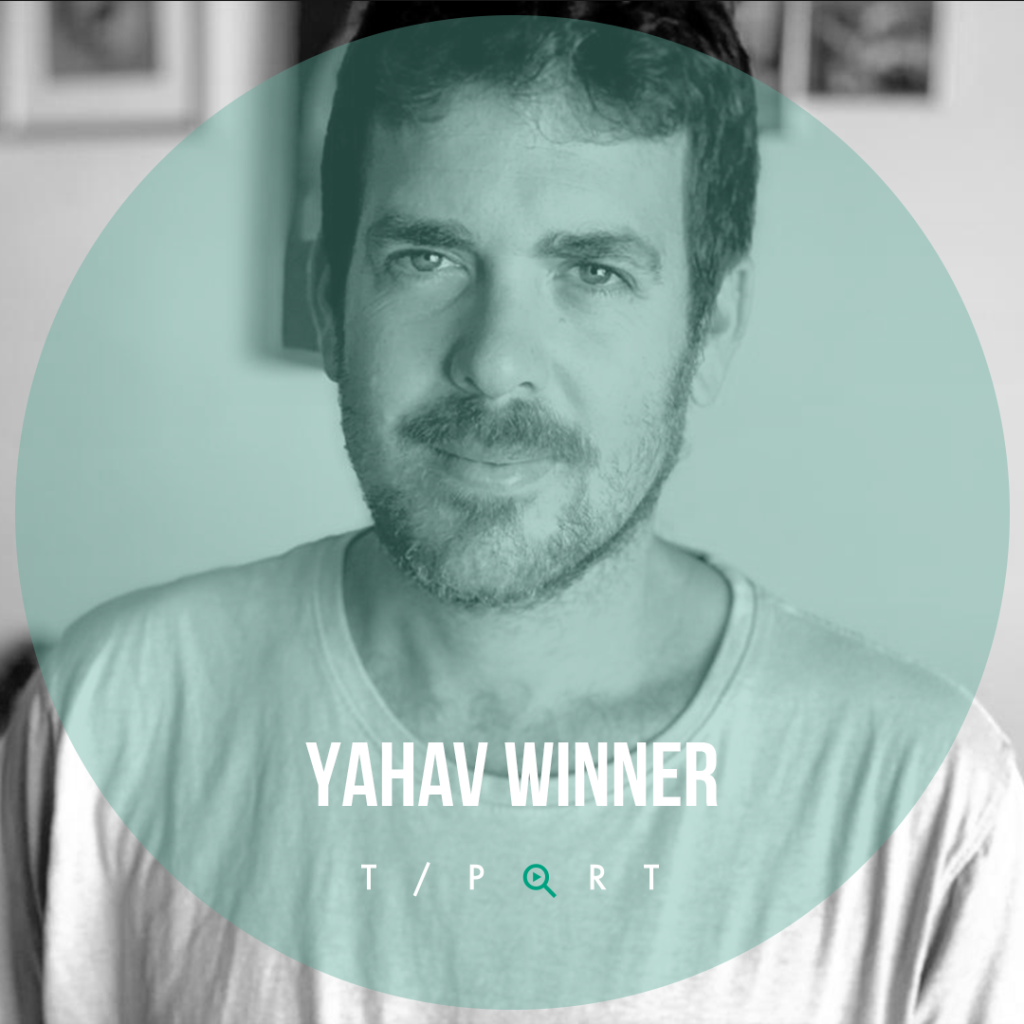
Filmmaker Yahav Winner recently graduated from Minshar School of Art, Tel Aviv. His graduation film THE BOY is a story of trauma and resilience that is based on his real-life experience of witnessing violence up close, and his relationship with his father, who helped him to recover.
We caught up with the filmmaker to talk about artistic creation as a means of recovery, what it is to make art while witnessing the conflicts in Gaza, and how life inspires art.
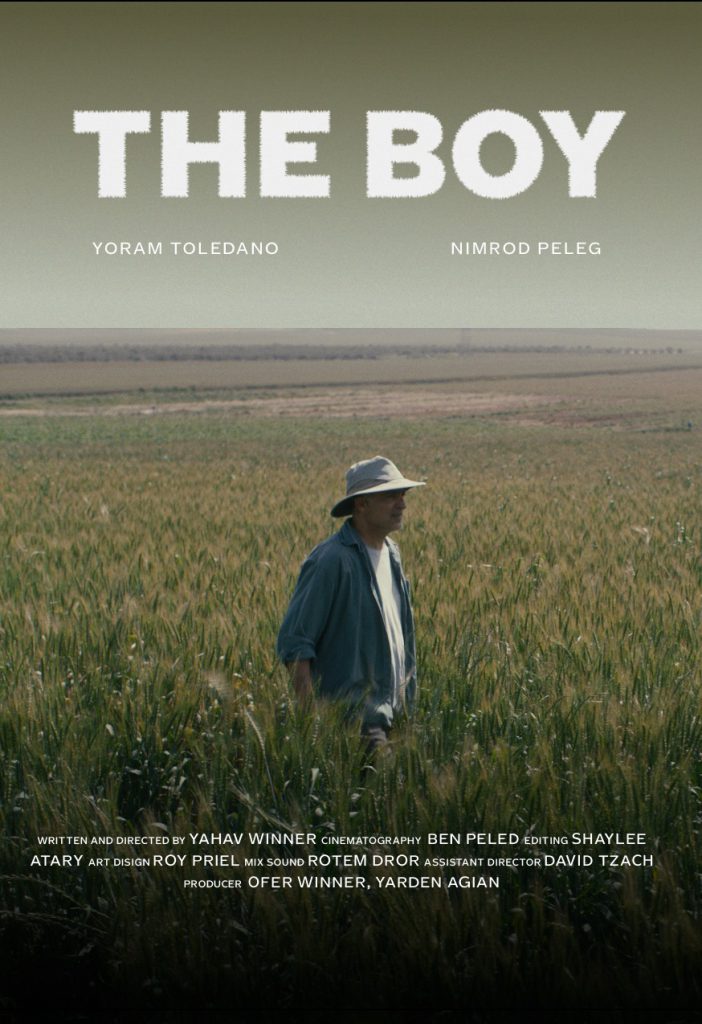
Tell us about yourself
I am 36 years old. I started studying film directing at an age that is considered relatively late, and I graduated a year ago. I came to school after a few years as a professional theatre, film and television actor, when I finished my acting studies in 2014.
For years I was missing something when I acted and only when I got to film school did I really feel at home, I realised that I was more comfortable telling the story, using all the cinematic tools to convey an experience that was first created in my imagination and make it accessible to the general public. Sometimes I act in my own films, thus fulfilling my two loves together. Following my final film The Boy, I won a development lab that gave me a sum of money to shoot my first feature that will also deal with life in the Gaza Strip, this time a black comedy, through the eyes of a young couple who want to build a house in a kibbutz and are forced to direct a community play to earn credits. The film will be shot in June 2023.
My plans for the future are to continue creating, in plans to develop the series that I have been working on for some time together with my wife, who is involved in a law firm that represents victims of sexual assault. And most importantly, listen to the murmurs of the heart.
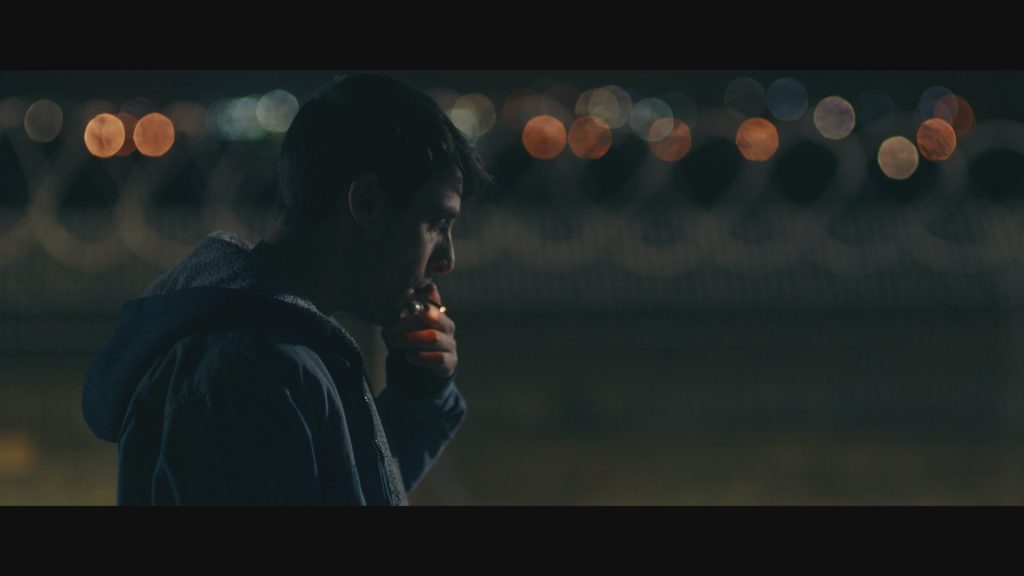
While working on the film, where did you draw your inspiration from?
The inspiration for the film was taken directly from my personal life and was written for years in my head. In 2008 my neighbour, the father of my best friend, was killed in front of my eyes by a mortar hit. I, like the hero in the movie, was very shaken by the incident and my father took care of me for a long time.
It was important to me to convey in the film the experience of the therapist and the patient within the pastoral of the kibbutz, which I know very well.
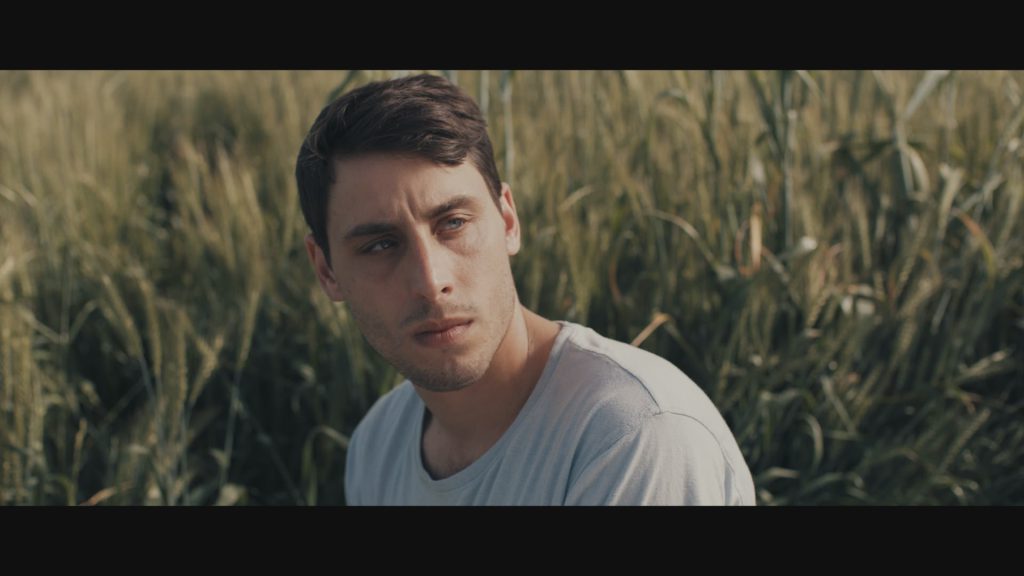
How did you first start working on this film? What was the process like and what first sparked the idea?
The script was written in my head for many years without my knowledge, and when the moment came to write a final film, I knew I wanted to deal with my trauma.
During the writing I dived into the period when I was treated by my father and as part of the making of the film my father and I became very close. As a farmer and a man of action, he also helped me in the entire process of making and producing the film.
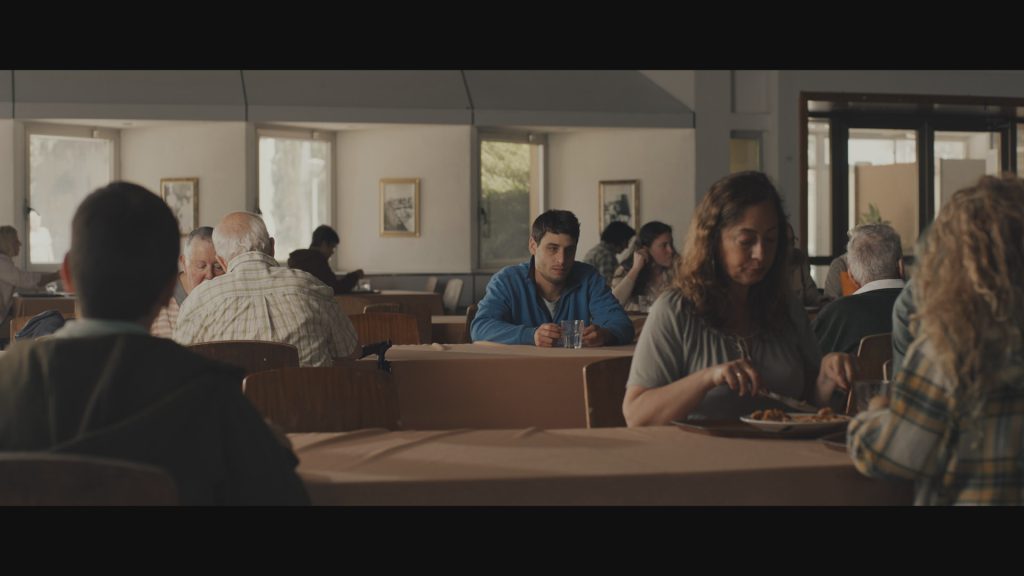
Tell us a bit about your film and the filmmaking process – what were your main insights?
Making the film was a positive and empowering experience from the first stage of writing the script, until the stage where I screened the film in front of the members of the kibbutz.
Along the way, people supported and were interested, and even donated their money following the start-up project I raised for the film. My main insight, which is an insight that accompanies me in every film I’ve shot, is that when you do something from the right place for you, the stars line up and you’ll be fine. Constantly correct yourself and listen to the inner voices.
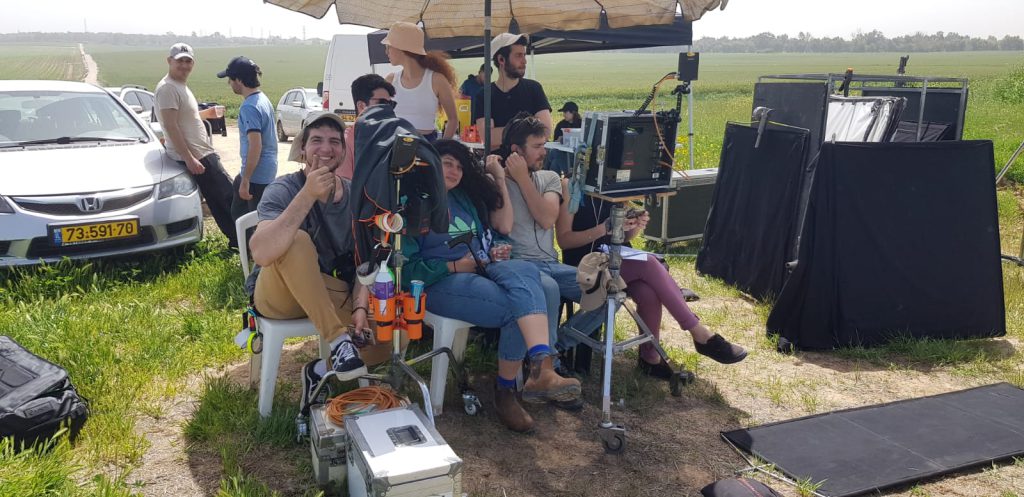
What were the biggest challenges you encountered during making your film?
There were obstacles from the beginning, as in any film. From casting the actors, to finding the team and raising the money. But the hardest thing I experienced was that the day before the first day, the army informed me that I was not allowed to shoot in the fields, my main location, because there was a security warm-up. My father and I picked up the phones to all the senior officers in the sector and finally we were able to get a very special permission from them to shoot. There was a point where I thought about cancelling everything.
How was it to collaborate with your cast and crew?
The casting process was fascinating, especially for the young actor. I auditioned and couldn’t find anyone who fit, until my photographer recommended someone who works out with him at the gym. As soon as he entered the room I already realised that it was him and I felt that this movie would happen.
The father figure, luckily, the actor I wanted from the beginning, who is an active and well-known actor, read the script and agreed to participate. Working with both of them was excellent and I became very attached to both of them. I had to talk to them a lot about my personal experiences as a resident of the Gaza Strip and they talked about the not-so-small traumas of their lives.
With the technical crew of the shoot I had a continuous experience of success, because we studied together and worked together for several years. My photographer and I were able to upgrade the conversation between us and reach a level of accuracy that we were not used to.
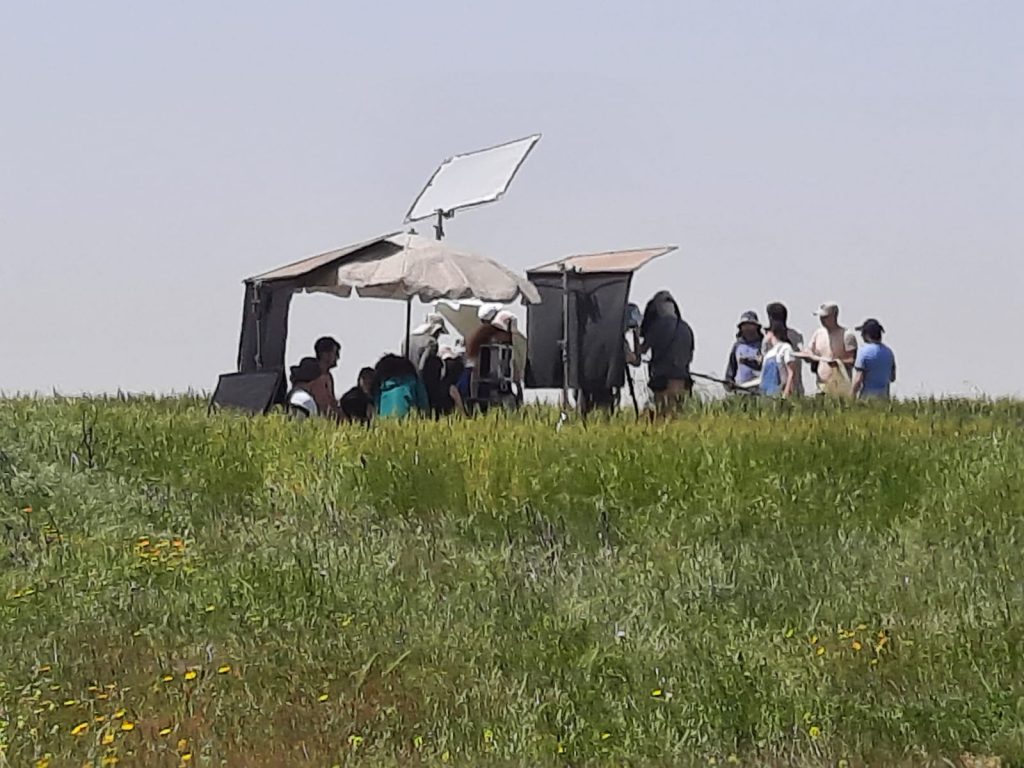
Tell us about the sound choices in your film
It was important to me that the sound of the film be natural, without music. I wanted the unique sound world of the kibbutz, especially at night, to take the place of the experience in the film. The muezzin from Gaza, the field goals, the dogs barking, the colour red alarm, shots and explosions. From no unique symphony to a place I didn’t want it to hide under other sounds.
At the end of the film I chose to put a piano piece that I was exposed to while working on the film, which managed to evoke many feelings in me, and to be precise, it is a melancholic optimistic piece. dark and light at the same time. Exactly the feeling I wanted to convey in the film.
Tell us about the visual choices in your film.
To begin with, it was important to me to shoot the film at a certain time, in April, about a month before the wheat harvest. I knew that the fields were a central location in the film and I wanted the wheat to look green and yellow. It was important to me that the fields and the kibbutz should be seen as a magical place to live in, until in one moment everything can change, like life in a circle, which we call 95 percent heaven, 5 percent hell. My cinematographer and I decided that we would take an observant and not overly intrusive approach, with the first camera movement in the film being the dolly forward and down in the dining room scene. There the idyll begins to crack and we wanted to inject energy and a sense of terror into this moment.
I tried to capture all the contrasting feelings one has when walking around the kibbutz at night, and especially when looking over the fence to our neighbours – Gaza. At night there is darkness outside and light from the houses, both ours and theirs, only the sound of crickets is heard and when the shots come they are so noisy precisely because of this silence. The palette of the film was built from the basic colours of the kibbutz as I perceive them – green, brown, yellow and blue. The colour blue is especially represented by Barak, the main character, we tried to distinguish him with these colours, compared to the other characters in the film, who are characterised by the colours of brown and yellow. Blue – sky, yellow and brown – earth.
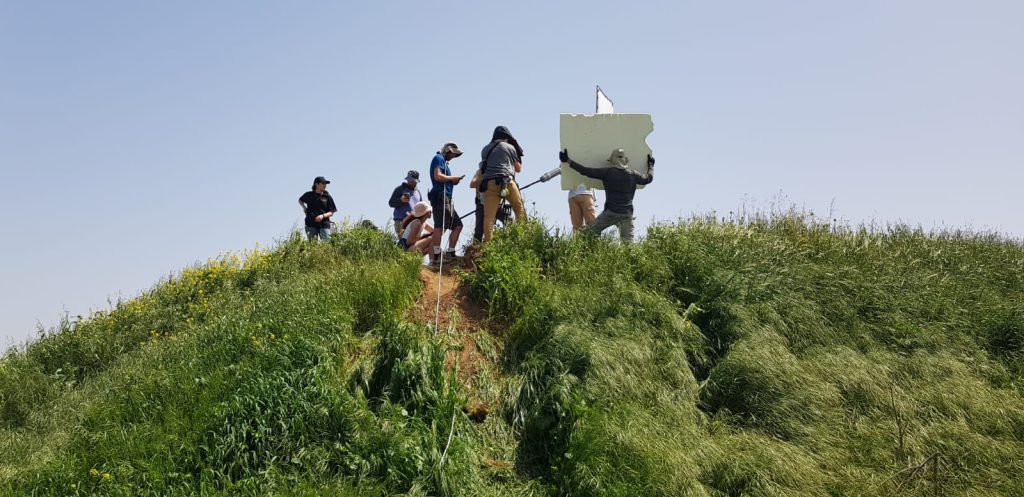
What would you like people to take away from your film?
The film is first of all about the relationship between father and son, about unconditional love, and about hope in the dark. In the midst of all this, I would be happy for people to be exposed to the complexity of life in a place like the Gaza Strip, in every sense, both in the sense of the trauma of the residents of Israel, and also the constant conflict that exists in you when you look over the fence at what is happening in Gaza. The bloody conflict is traumatic because it has no solution, but within all of this there is comfort within the personal connections.

What did you find (or still find) as especially lacking in the process of distributing and promoting your film? What was especially challenging?
Distribution is not my forte, for the simple reason that I don’t like doing it. Unfortunately I am the producer of my own film, but my wish is that one day the producers will be responsible for distributing the film. I am more connected to the artistic side and everything related to the promotion of the film for me is not fun.
What do feel young film talents lack the most today, after graduating from film school? Where are the gaps in the film industry?
I think there is an unfortunate gap between what is taught in an art school of any kind – acting, cinema, music – how to make quality and deep art, and its need in real life, which usually requires cheap entertainment. Mainly in terms of work.Today, getting to the point where you shoot a full length film is rare because there are not enough budgets (at least in Israel) and therefore a young creator is forced to settle for work unrelated to what he dreamed of doing when he studied. Maybe it’s in every way so it’s not high-tech, but the feeling is that it’s difficult to make a decent living as a filmmaker.
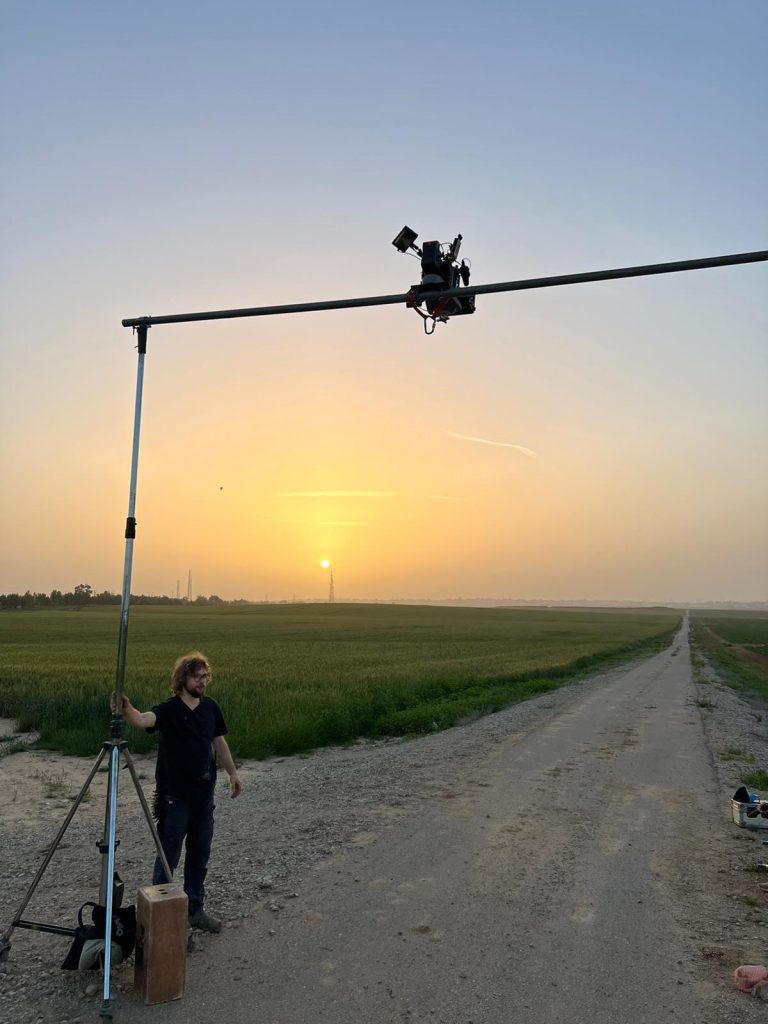
What are your plans and dreams for the future?
To continue to direct, write, engage in cinema and start a happy, happy and prosperous family
If you are a film industry professional and would like access to the catalogue and more, find out here how to sign up.
Filmmaker? Upload your short film to T-Port or sign up for our newsletter to get regular updates on the current trends and exciting innovations in the short film universe.
